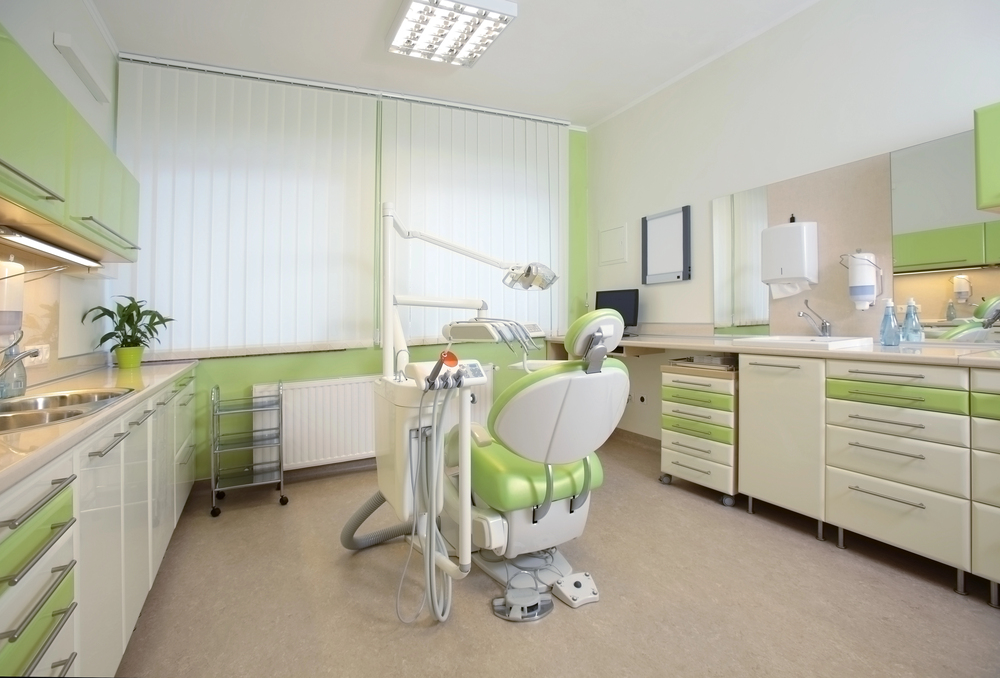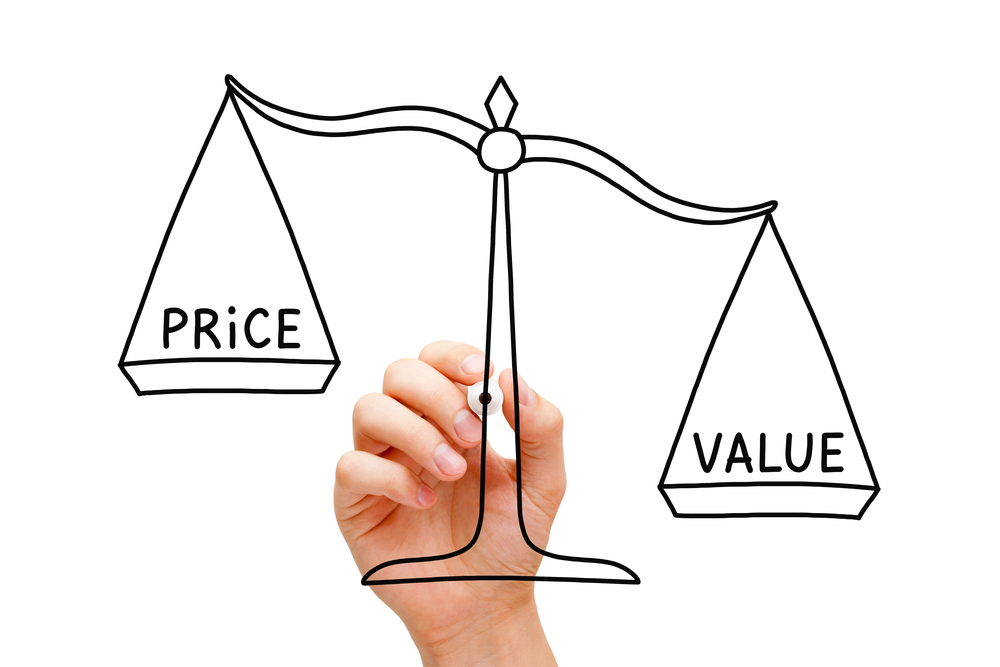You’ve spent fifteen years building your practice. Late nights, weekend emergencies, countless hours perfecting your clinical skills. Now you’re thinking about what comes next – maybe retirement, bringing in a partner, or just understanding what you’ve actually built.
Here’s what we see happen all the time: dentists walk into valuation meetings with completely wrong expectations. Last month, we had a client who was certain his $900,000 revenue practice was worth at least $700,000. The appraisal came back at $480,000. He was devastated.
On the flip side, we’ve seen practices that owners thought were “average” appraise for significantly more than expected. The difference? Understanding what actually drives dental practice valuation in Canada.
Table of Contents
ToggleLet’s Talk Real Numbers
Canadian dental practices typically sell for 100-150% of annual revenue. But that range is massive, right? A $600,000 practice could be worth anywhere from $600,000 to $900,000 depending on dozens of factors.
Here’s where location gets interesting. Greater Toronto Area practices? They’re hitting 130-150% of revenue regularly. Rural practices in Saskatchewan might see 80-120% of revenue, but don’t count them out – the right rural practice can still command strong pricing.
The Three Valuation Methods Everyone Uses
An income-based approach looks at your EBITDA and multiplies it by 3-5x. So if you’re generating $200,000 in EBITDA, you’re looking at $600,000 to $1,000,000 right there.
Market comparison approach? Good luck finding truly comparable sales data. Every practice is different, and sellers don’t always share real numbers.
Asset-based approach adds up everything you own. But here’s what surprises people – 80-85% of your practice value comes from goodwill, not equipment. That $200,000 CBCT scanner? It helps, but your patient relationships matter more.
What Actually Moves the Needle
Revenue consistency beats everything else. A practice doing $500,000 annually for three straight years will outperform one that jumped from $300,000 to $700,000 last year.
Why? Buyers want predictability.
Your Patients are Your Biggest Asset
The quality of your patient base makes or breaks valuation. Young families with good insurance coverage? Gold mine. High no-show rates? That’s going to hurt your multiple.
We always tell clients to look at their hygiene percentage. If you’re hitting 35% or higher, that signals strong recall systems and patient loyalty. Buyers pay premiums for that kind of stability.
Location Still Matters
In many regions, the dental practice market is highly competitive, with buyers sometimes offering well above asking price to secure the right opportunity. Other areas are becoming increasingly attractive as dentists look for lifestyle balance in addition to professional growth.
Rural practices often present a different equation. While purchase prices may be lower, the potential returns can be strong—especially in communities where there’s little to no local competition. That kind of exclusivity carries unique value.

The New Reality in Canadian Dentistry
The Canadian Dental Care Plan is changing everything. Practices positioned to serve CDCP patients might see patient flow increases that boost valuations. But it’s also bringing more competition in some markets.
Interest rates matter more than most people realize. When the Bank of Canada dropped rates recently, buyer financing improved overnight. More financing means higher offers. It’s that simple.
Don’t Underestimate Your Team
Here’s something that catches dentists off guard – your staff significantly impacts practice valuation. It’s even possible that practices with identical revenue will get vastly different appraisals based on team stability.
A hygienist who’s been with you for eight years? A front desk coordinator who knows every patient’s family history? That continuity is worth real money to buyers who worry about patient exodus during transitions.
Where Dentists Go Wrong
Biggest mistake? Assuming there’s a magic formula. We’ve had practices with identical $800,000 revenue get valuations $200,000 apart. The difference was overhead – one ran at 50%, the other at 70%.
The second mistake is ignoring local market conditions. Rural buyers care about different things than urban buyers.
Third mistake? Waiting until they want to sell to get a valuation. Smart practice owners get periodic appraisals to understand their financial position and plan strategically.
Making Your Practice Worth More
Thinking about selling in the next few years? Start now. Focus on systems that work without you there every minute. Document your processes. Maintain consistent profitability.
But here’s the key – buyers purchase potential, not just current performance. Show them growth strategies, community relationships, modern systems. Tell a compelling story about where the practice could go.

Working with the Right People
It’s important to work with appraisers who have specific dental experience and a deep understanding of Canadian markets and regulations. An appraisal isn’t just for when you’re ready to sell—it’s a financial health check for your most valuable asset. Knowing the true worth of your practice supports smarter planning, smoother partnership discussions, and confident retirement preparation. Contact Dental Tax today to schedule an appraisal and gain the insights you need for your future.
Adam has an MBA from the Richard Ivey School of Business in London and also holds a Chartered Investment Manager designation.
- Financial Planning Timeline for New Dental Practice Owners - October 16, 2025
- 7 Tax Deductions Dentists Often Miss That Save Thousands - October 2, 2025
- Smart Tax Strategies That Put More Money in Associate Dentists’ Pockets - September 18, 2025






